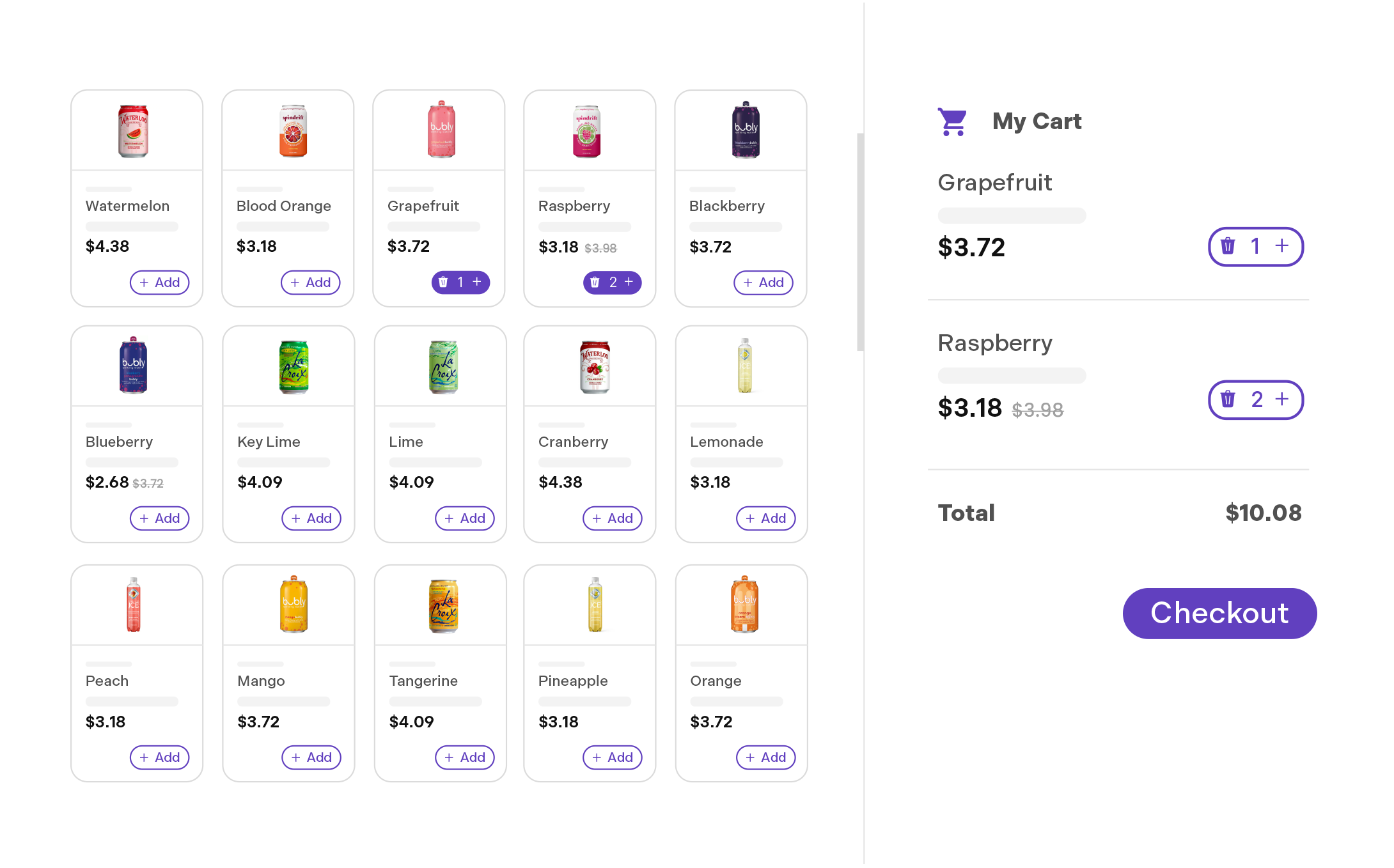Winning at Shelf
How can you optimize every element of how you show up in retail?

Winning at shelf isn’t rocket science – it’s much more complex than that
Virtual Market uses virtual shopping to translate all of your strategies – like SKU mix, package size, package format, multipack format, regular price, depth of discount and discount frequency – into forecasts of units, dollars and profit for your brands, competitors and the total category.
Test every retail lever with Virtual Market
Brand mix
SKU mix
Pack format
Pack size
Multipack configuration
Packaging material
On-pack or at-shelf messaging
Regular price
Depth of discount
Frequency of discount
We knew that we needed to focus our portfolio and make it work harder for us. But we needed some help to figure out what we needed to be prioritizing and where we needed to be making cuts.
For instance, what if we increase the price by 10%? 20%? What happens when we discontinue an entire sub-brand? Virtual Market helps us answer all of our “what ifs?” and set us up so we know what to expect when we take an action.
Benefits of Virtual Market
Make decisions with real shopping data
Our proprietary virtual shopping environment allows realistic retail dynamics to emerge, like the importance of impulse decisions and comparisons between competing options. Our forecasting is based on behavior in a virtual shopping environment, not attitudes. Extensive validation across multiple categories demonstrates the accuracy of the modeling.
Report in units and dollars
The effect of changes are reported in SKU-level units and dollars, source of volume, incrementality and cannibalization. SKU-level data is summed to create brand-level, manufacturer-level and category-level summaries. This is the data you need for effective internal strategic discussions and effective sales stories.
Explore hypotheses with ease
Your custom Virtual Market simulator allows you to test all of your team’s hypotheses – changing your price, pack or product strategy. In response to each change, Virtual Market produces a new forecast for every SKU in the category.
Genetic algorythms can run hundrededs of thousands of scenarios, identifying strategies that optimize for volume, revenue or profit. Inputs can be updated as the market evolves, creating a “living” dataset that has value now and in the future.
Make decisions with real shopping data
Virtual Market’s proprietary virtual shopping environment allows realistic retail dynamics to emerge (the importance of impulse decisions and comparisons between competing options). Our forecasting is based on behavior in this environment, not attitudes. Extensive validation across multiple categories demonstrates the accuracy of the modeling.
Report in units and dollars
The effect of changes are reported in SKU-level units and dollars, source of volume, incrementality and cannibalization. SKU-level data is summed to create brand-level, manufacturer-level and category-level summaries. This is the data you need for effective internal strategic discussions and effective sales stories.
Explore hypotheses with ease
Your custom Virtual Market simulator allows you to test all of your team’s hypotheses – changing your price, pack or product strategy. In response to each change, Virtual Market produces a new forecast for every SKU in the category.
Genetic algorythms can run hundrededs of thousands of scenarios, identifying strategies that optimize for volume, revenue or profit. Inputs can be updated as the market evolves, creating a “living” dataset that has value now and in the future.
CASE STUDY
How we helped Nestlé improve profitability and focus their portfolio
After dominating the Premium Waters space for the past decade, Nestlé wanted to better understand how to serve evolving consumer needs and expectations, and how to win in aisle. They also knew that it was time to move away from glass bottles, but were concerned about how changing their iconic packaging might impact profitability.

So far, the in-market results for premium water have mimicked what we learned through the Virtual Market tool. In fact, one of our team members described the results as “freakishly accurate”.
It’s basically the next best thing to having a personal crystal ball to answer your questions.
Ready to win at shelf?